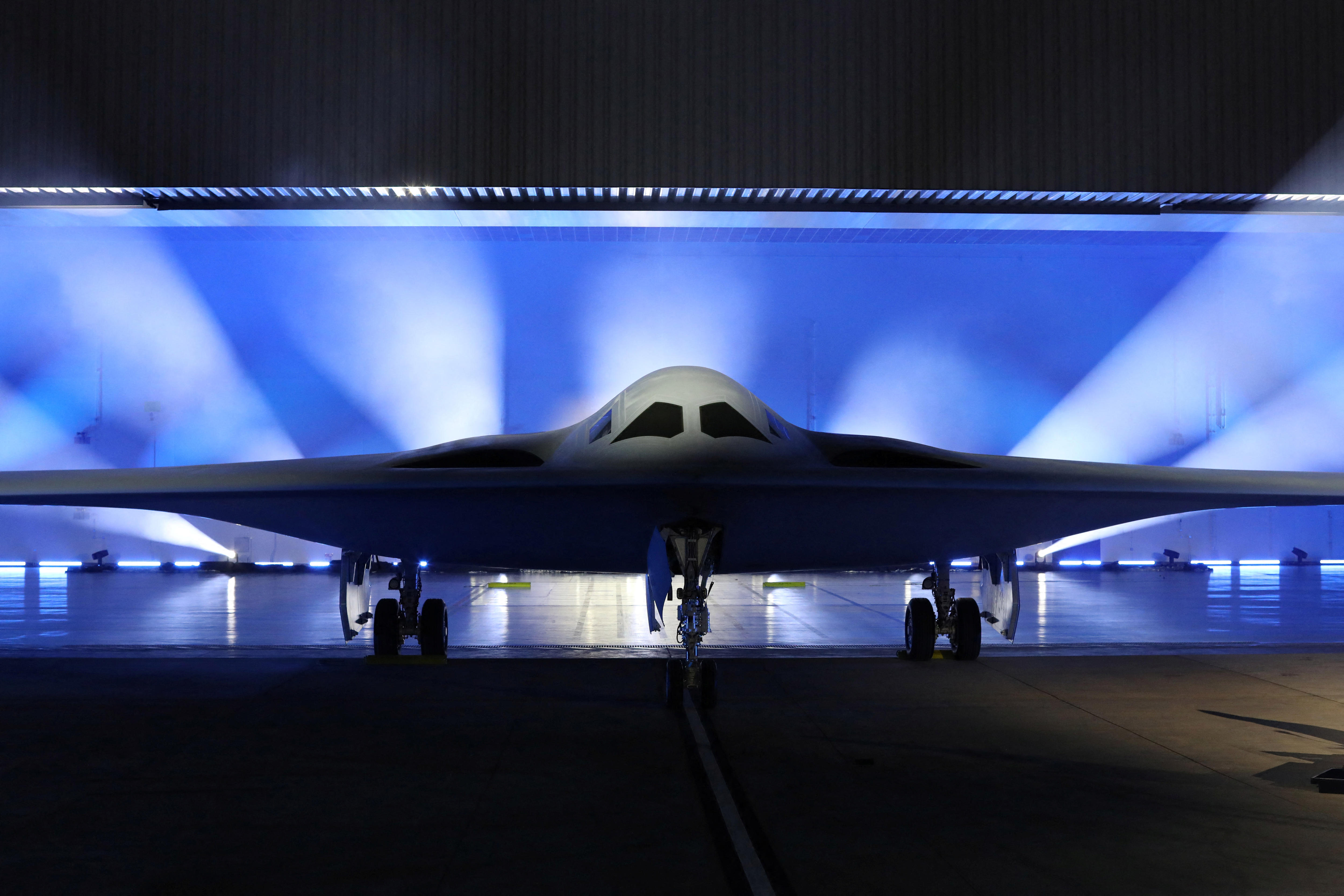US to Increase Military Presence in Australia in Buildup Aimed at China
![]()
Secretary of Defense Lloyd Austin said Tuesday that the US will increase its military presence in Australia in a buildup aimed at China.
In a joint press conference with Australia’s defense minister and foreign minister, Austin said that the US will increase its rotational forces in Australia. “That includes rotations of bomber task forces, fighters, and future rotations of US Navy and US Army capabilities,” Austin said.
Many countries in the region are not eager to get on board with the US’s confrontational approach to China. The prime minister of Papua New Guinea said this week that his country can’t afford to get caught between the US and China and said he told the US your “enemy is not my enemy.”
Indonesia’s president expressed similar concerns during a meeting of the Association of Southeast Asian Nations (ASEAN) in November, saying the ASEAN must not let the region turn into a frontline for a new Cold War.




